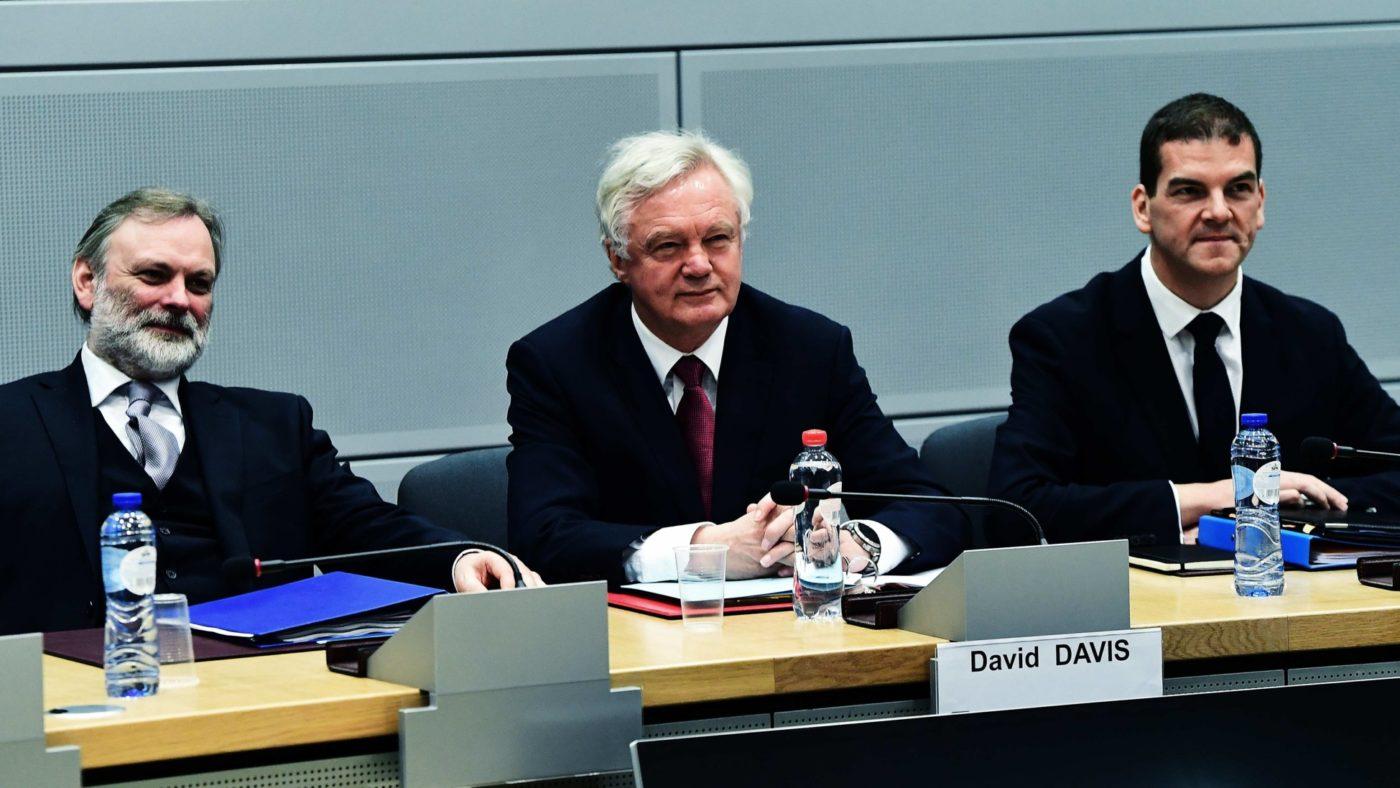It will be a year ago tomorrow, on the 23rd June 2016, that the UK voted to leave the EU. But voters did not get to choose what life after Brexit would bring.
During the campaign, several alternatives were endorsed by different factions of the Leave campaign. One option, remaining in the Single Market, would preserve the free movement of goods, services, capital and labour with the EU. Alternatively, the UK could seek to negotiate a bespoke trade agreement with the EU that would keep trade barriers as low as possible, but end labour mobility. Or if no deal were reached, the UK and EU would trade under World Trade Organisation terms. This would lead to tariffs on goods trade and reduced market access for service exporters.
So which should it be? Asking voters which they prefer does not resolve the conundrum: opinion polls show support for maintaining the benefits of Single Market membership. Yet polls also reveal support for taking back control by restricting immigration and removing the UK from the jurisdiction of the European Court of Justice – policies that would require the UK to leave the Single Market.
It is clear that European integration brings significant economic benefits by reducing barriers to trade and investment. But, to reap these benefits, countries must give up unilateral control over some areas of economic policy. For example, harmonising product standards across the EU creates export opportunities for UK businesses because they do not have to satisfy different regulations in different markets. But harmonisation is only possible if all countries agree to adopt the same standards and thereby relinquish autonomy.
So as it prepares to leave the EU, the UK is faced with an interesting dilemma: does it prioritise economic integration or does it assert its sovereignty? It’s a choice not without jeopardy: research conducted with colleagues at the Centre for Economic Performance at LSE found found the fall in UK living standards caused by Brexit would be twice as large in the no deal scenario than it would be if the UK stays the Single Market.
Faced with these trade-offs Theresa May wants to prioritise sovereignty. The Government wants the UK to leave both the Single Market and the Customs Union and to seek a new free-trade agreement with the EU that ends free movement of labour and removes the UK from the jurisdiction of the European Court of Justice. The Government has also signalled its willingness to leave without a deal if a sufficiently attractive agreement cannot be reached.
This approach was driven primarily by the Prime Minister’s need to secure support from voters who backed Brexit to take back control from the EU. However, the Conservatives’ failure to win a majority of seats in the general election means the Government is now under pressure to appeal to a broader coalition of voters by developing a Brexit plan that is less harmful to the economy.
So given the stakes, what type of free trade agreement with the EU should the UK aim for? The most basic agreement would simply ban tariffs on UK-EU trade. But economic analysis finds the largest potential costs of Brexit come not from the threat of tariffs, but from higher non-tariff trade barriers due to the imposition of customs procedures and the emergence of regulatory differences between the UK and the EU.
An ambitious free trade agreement needs to keep these non-tariff barriers low. This means finding creative ways to minimise border checks and ensure changes to UK regulation do not create new trade costs – a goal that conflicts with the desire to reassert national control over regulatory policy. As will become apparent during the Brexit negotiations, giving up control is the price countries pay to keep trade costs low.
It is also important for the UK that any agreement covers services industries. Close to half the UK’s trade is in services, but most agreements do little to reduce barriers to services trade. Even Switzerland does not have a comprehensive services trade agreement with the EU, despite allowing free movement of labour. No trade agreement will offer the same market access that membership of the Single Market provides, particularly for financial services, but the UK should seek to keep barriers to services trade as low as possible.
In order to secure a good deal, the UK must be patient and willing to compromise. Trade negotiations are lengthy, complex and often contentious. There is little chance an ambitious agreement can be reached before Brexit occurs in March 2019, so the UK’s first objective should be to negotiate a transition arrangement to govern UK-EU relations until a longer term agreement is possible. To give adequate time for negotiations the transition arrangement should last until at least 2022. And to avoid economic disruption, it should mimic the status quo as closely as possible.
The UK has a weaker negotiating position than the EU, so even with concessions – budget payments, say, or immigration rights for certain EU citizens – it is unlikely to achieve all its objectives. But refusing to compromise will guarantee failure. Research estimates that leaving without a deal could reduce income per capita by 10 per cent in the worst-case scenario.
So with the clock now ticking, the UK is facing more challenges than opportunities. From an economic perspective, the question is not whether Brexit will harm living standards, but how much the damage is going to cost. Following its failure to win a majority of seats in the general election, the Government needs to consider how much voters will be willing to pay to assert their sense of national identity. If leaving the Single Market is viewed as too costly, then the UK is headed in the wrong direction.
Taken from the report: ‘EU referendum: One year on’


